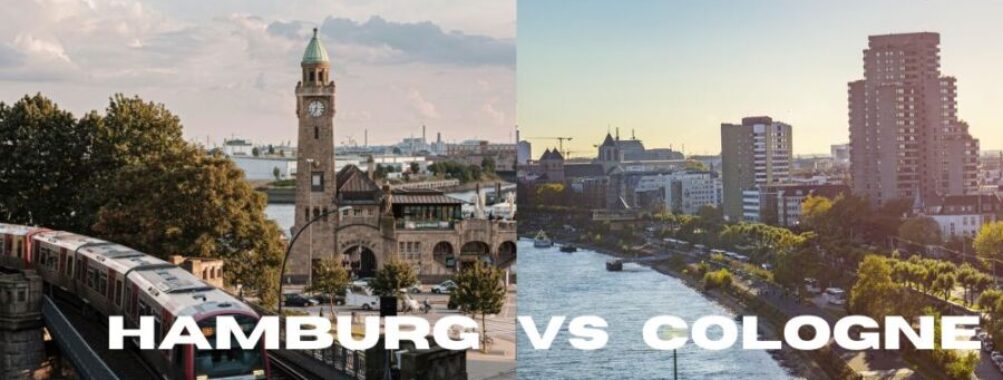
Hamburg vs Cologne: Which Historic German City Offers the Better Cultural Experience?
Cologne and Hamburg stand among Germany’s most captivating cities, each with its distinct personality and charm. These two urban gems attract millions of tourists yearly, with Hamburg’s maritime spirit and Cologne’s rich history creating unique atmospheres. Both cities offer excellent travel connections, safe environments, and vibrant cultural scenes, but Hamburg edges ahead with its larger size, diverse harbor attractions, and cooler sea-influenced climate.
The choice between these cities depends on what a traveler seeks. Hamburg, as Germany’s second-largest city, provides a cosmopolitan mix of port life, modern architecture, and waterfront entertainment. Cologne draws visitors with its famous cathedral, Mediterranean-like Rhine promenade, and friendly local culture that makes tourists feel at home.
Table of Contents
- Historical Context and Overview
- The Evolution of Cologne
- Hamburg’s Heritage
- Cultural Landscape and Music Scene
- Cologne’s Artistic Pulse
- Hamburg’s Melodic Identity
- Architectural and Scenic Highlights
- Cologne Cathedral and Old Town
- Hafencity and Elbphilharmonie
- Outdoor Activities and Leisure
- Exploring Cologne’s Rhine River
- Hamburg’s Waterways and Parks
- Shopping and Streets for Retail Therapy
- Shopping in Schildergasse
- Neuer Wall’s Exclusive Boutiques
- Culinary Delights and Gastronomy
- Cologne’s Traditional Dishes
- Hamburg’s Diverse Cuisine
- Accommodation and Living
- Staying in Cologne
- Accommodations in Hamburg
- Connectivity and Transportation
- Navigating Cologne’s Public Transport
- Hamburg’s Accessibility and Airports
- Demographics and Lifestyle
- Population Insights for Cologne
- Living in Hamburg: An Overview
- Frequently Asked Questions
- What are the key differences in attractions between Hamburg and Cologne for travelers?
- Can you highlight the distinctions in nightlife experiences when comparing Cologne and Hamburg?
- Which city, Hamburg or Cologne, tends to offer a more budget-friendly visit for tourists?
- Could you discuss the travel distance and best modes of transportation when planning a trip between Hamburg and Cologne?
- How do the city sizes and populations of Hamburg and Cologne compare, and how does this impact a visitor’s experience?
- In terms of exploring German heritage, how do Hamburg and Cologne differ historically and culturally?
- Book Your Dream Experience
- More Travel Guides
Historical Context and Overview
Both Hamburg and Cologne started as important trading centers that shaped Germany’s development. These cities grew from small settlements into major cultural and economic powerhouses, each leaving its mark on European history.
The Evolution of Cologne
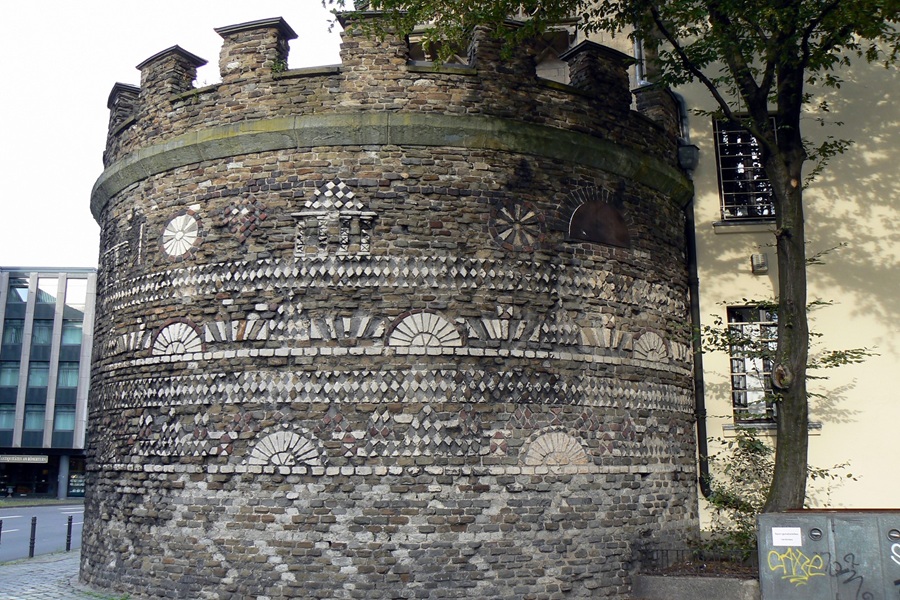
Cologne’s roots go back to Roman times, when it was founded in 50 AD as Colonia Claudia Ara Agrippinensium. The city became a vital Roman outpost and trading hub along the Rhine River.
The famous Cologne Cathedral took over 600 years to build. This Gothic masterpiece began construction in 1248 and wasn’t finished until 1880. Today, it stands as Germany‘s most visited landmark.
During medieval times, Cologne grew into one of Europe’s largest cities. Its location at the intersection of major trade routes made it a key member of the Hanseatic League.
Hamburg’s Heritage
Hamburg earned its nickname as Gateway to the World through its powerful port, which has been the city’s heart since the Middle Ages. The port’s growth turned Hamburg into northern Europe’s biggest trading center.
The Great Fire of 1842 destroyed much of old Hamburg. The rebuilding effort created the city’s iconic warehouse district, Speicherstadt, now a UNESCO World Heritage site.
Hamburg’s role as a free imperial city gave it special trading rights and independence. This status helped build the wealth that created its grand merchant houses and cultural institutions.
The city’s maritime spirit lives on in the historic fish market and harbor area. These spots have been meeting places for sailors, merchants, and locals since the 1700s.
Cultural Landscape and Music Scene
Each city offers a distinct cultural atmosphere shaped by centuries of history and modern artistic expression. The music scenes reflect their unique characters – from classical concerts to underground clubs.
Cologne’s Artistic Pulse
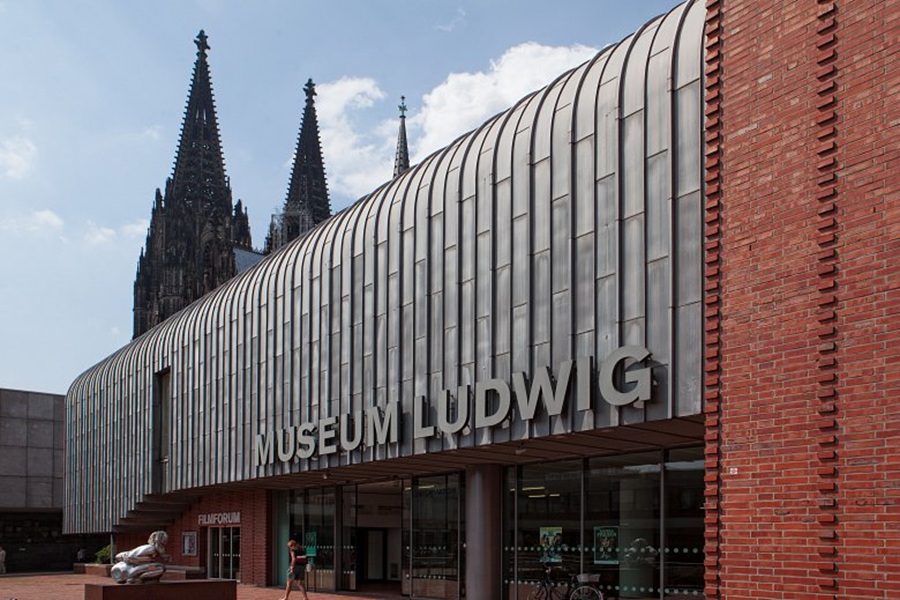
The Museum Ludwig showcases one of Europe’s largest collections of modern art. Street art brightens up neighborhoods like Ehrenfeld, where old factory walls serve as canvases for local artists.
Music fills Cologne’s historic streets every night. Small jazz clubs dot the Belgian Quarter, while techno beats pulse through transformed warehouses. The Kölner Philharmonie hosts world-class orchestras in its stunning concert hall.
Cultural festivals bring the city to life throughout the year. The city’s many art galleries range from traditional to experimental, making art accessible to everyone. Local bands often perform in cozy bars around the Zülpicher Straße area.
Hamburg’s Melodic Identity
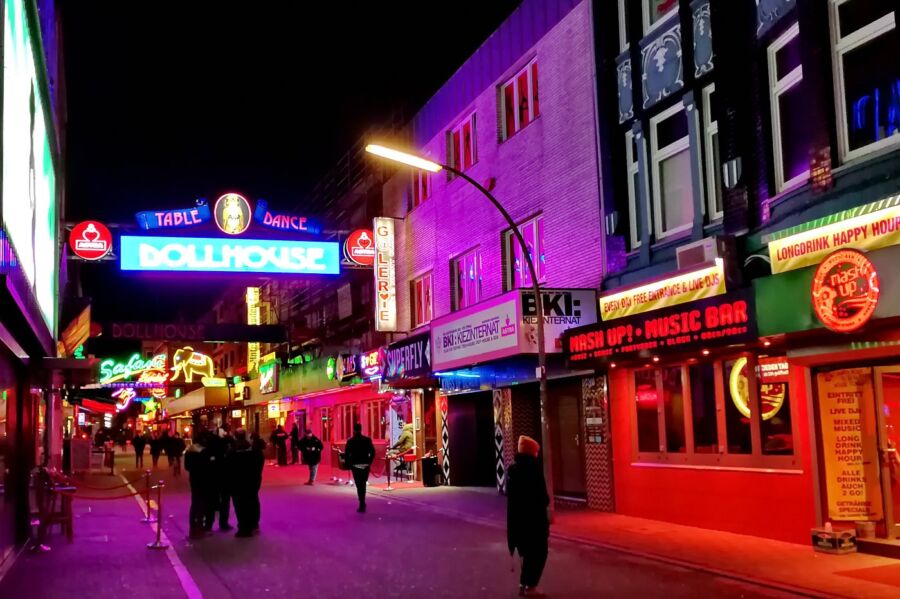
The Elbphilharmonie stands as Hamburg’s crown jewel of music. This glass wave-like concert hall offers perfect acoustics and amazing harbor views.
The Reeperbahn in St. Pauli remains Germany’s most famous entertainment district. In its countless venues, musicians play everything from punk rock to electronic music. The Beatles started their career here, and the area still attracts new talent today.
Hamburg’s museums mix maritime history with modern art. The Kunsthalle houses seven centuries of European art. The city’s music scene thrives in both grand concert halls and underground clubs, especially around the gritty-but-cool St. Pauli neighborhood.
Architectural and Scenic Highlights
Both cities showcase stunning architecture that spans centuries, from medieval landmarks to modern masterpieces. The mix of old and new creates unique cityscapes that tell fascinating stories through their buildings and public spaces.
Cologne Cathedral and Old Town

The Gothic Cologne Cathedral is the city’s most iconic landmark, reaching 157 meters into the sky with its twin spires. This UNESCO World Heritage site took over 600 years to complete and survived World War II bombing.
The Old Town features narrow cobblestone streets lined with colorful houses and traditional brewhouses. The Roman-Germanic Museum displays ancient artifacts and mosaics from the city’s Roman past.
Many visitors walk along the Rhine River promenade to take in views of the cathedral and historic buildings. The Love Locks Bridge adds a romantic touch, covered in thousands of padlocks left by couples.
Hafencity and Elbphilharmonie
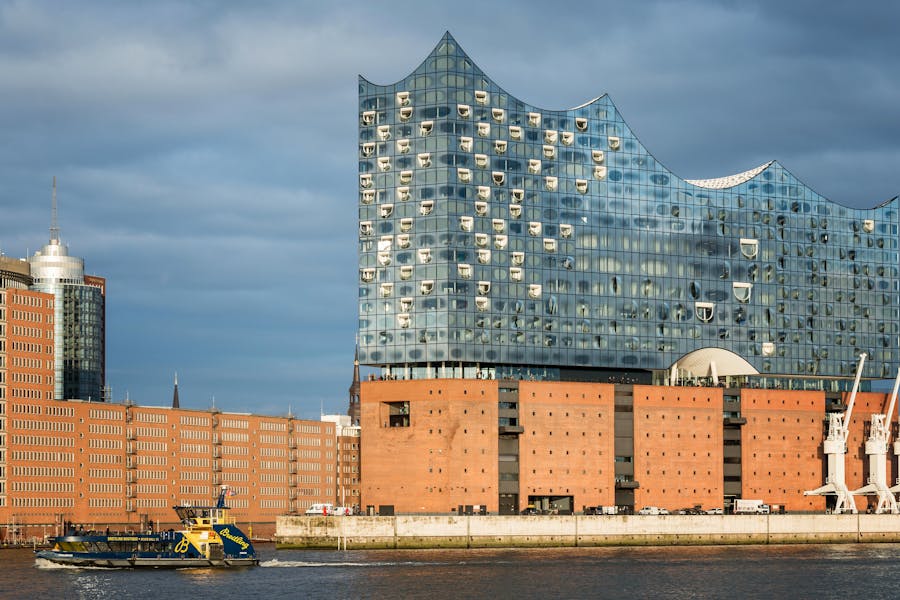
Hamburg’s HafenCity is Europe’s largest urban development project, transforming old port warehouses into a modern waterfront district. The area blends historic red-brick buildings with bold contemporary architecture.
The crown jewel is the Elbphilharmonie, a glass wave-like concert hall built atop an old warehouse. Its shimmering facade and unique design make it Hamburg’s most recognizable modern landmark.
The historic Speicherstadt warehouse district features red-brick buildings and a network of canals. These 19th-century warehouses now house museums, offices, and restaurants. At night, the buildings light up to create magical reflections on the water.
Outdoor Activities and Leisure
Both cities excel in outdoor spaces and activities, with distinct waterways shaping the recreational options. Cologne’s Rhine River and Hamburg’s extensive harbor network create unique settings for outdoor fun.
Exploring Cologne’s Rhine River
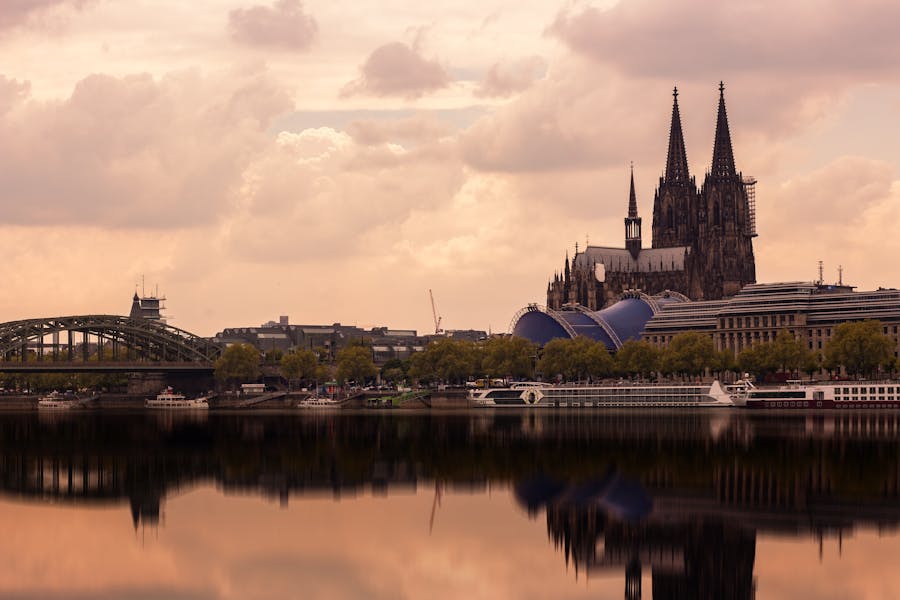
The mighty Rhine River shapes Cologne’s outdoor scene. Locals and tourists love strolling along the Rhine promenade, especially in the warmer months. The riverside paths offer stunning views of the cathedral and old town.
Popular Rhine activities include:
- River cruises (30-minute to 3-hour options)
- Picnicking in riverside meadows
- Cycling along dedicated bike paths
- Summer beach bars and pop-up cafes
The Rheinpark stands out as a family favorite with playgrounds and mini-golf courses. Green spaces like the Volksgarten and Aachener Weiher provide perfect spots for outdoor relaxation.
Hamburg’s Waterways and Parks
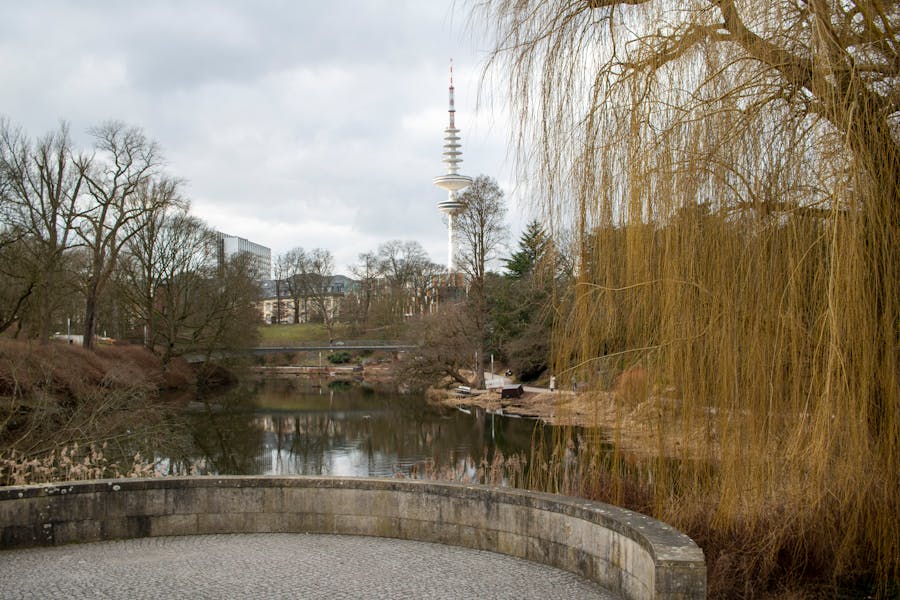
Hamburg’s water-rich landscape creates endless outdoor possibilities. The Alster Lake sits right in the city center, serving as a hub for water sports and recreation.
Things to do at Alster Lake:
- Paddle boat rentals
- Sailing lessons
- Lakeside jogging trails
- Peaceful picnic spots
The Planten un Blomen park dazzles visitors with beautiful gardens and water features. Kids love the playground areas, while adults enjoy the tea house and seasonal events.
The Stadtpark offers another green escape with wide lawns and walking paths. In summer, the park hosts outdoor concerts and community gatherings.
Shopping and Streets for Retail Therapy
Both cities offer amazing shopping experiences with elegant boutiques and famous retail streets where you can find everything from designer brands to local treasures.
Shopping in Schildergasse

Schildergasse stands as Cologne’s main shopping hub and one of Germany’s busiest retail streets. This pedestrian-friendly zone stretches through the city center with wide walkways perfect for browsing store windows.
Major international brands like H&M and Zara mix with local German retailers here. The street sees about 13,000 shoppers per hour during peak times, making it a bustling but not overwhelming experience.
Shoppers can claim VAT refunds on purchases over €50 when leaving the EU. Many stores display “Tax-Free Shopping” signs and staff can help process the paperwork.
Neuer Wall’s Exclusive Boutiques
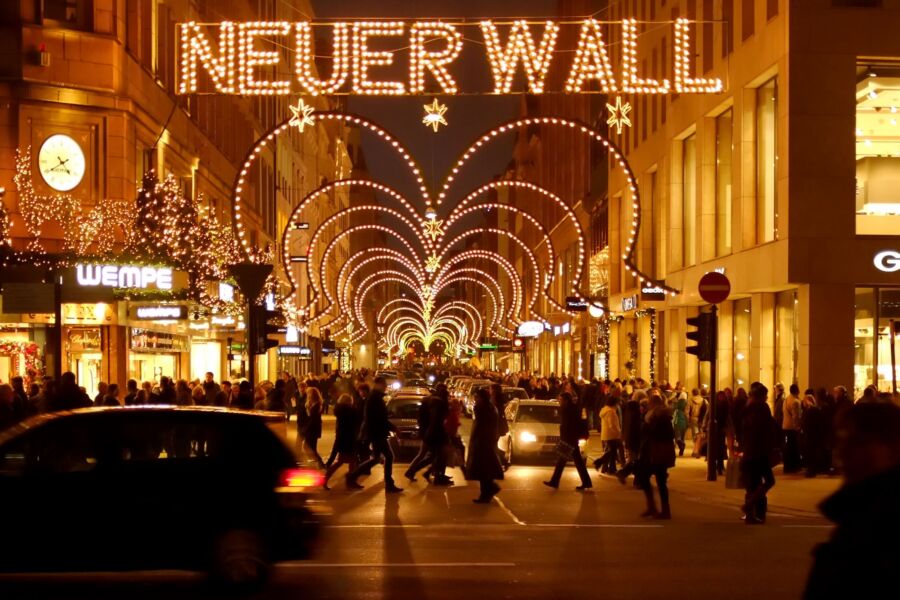
Hamburg’s Neuer Wall is the city’s most prestigious shopping street, lined with elegant 19th-century buildings. The cobblestone street creates a charming backdrop for luxury shopping.
High-end fashion houses like Gucci, Prada, and Louis Vuitton maintain flagship stores here. Local Hamburg designers also showcase their collections in chic boutiques.
The street features excellent customer service, with many shops offering personal shopping assistance and multilingual staff. Stores typically open from 10 AM to 7 PM Monday through Saturday.
Small cafes between shops provide perfect spots to rest and people-watch while shopping.
Culinary Delights and Gastronomy
Both cities offer unique flavors that reflect their distinct cultural heritage. Cologne celebrates its hearty Rhenish cuisine and beer traditions, while Hamburg shines with fresh seafood and maritime influences.
Cologne’s Traditional Dishes

Cologne’s food scene centers around classic comfort foods and local brews. The city’s signature Kölsch beer flows freely in traditional brewhouses, served by blue-aproned waiters called Köbes.
The famous Halve Hahn isn’t what you might expect – it’s not a half chicken, but a rye roll topped with aged Gouda cheese, butter, and mustard. It pairs perfectly with the crisp, light Kölsch beer.
Traditional spots around the city serve Himmel un Äd (heaven and earth) – black pudding with mashed potatoes and apple sauce. The dish gets its name from apples (heaven) and potatoes (earth).
Hamburg’s Diverse Cuisine
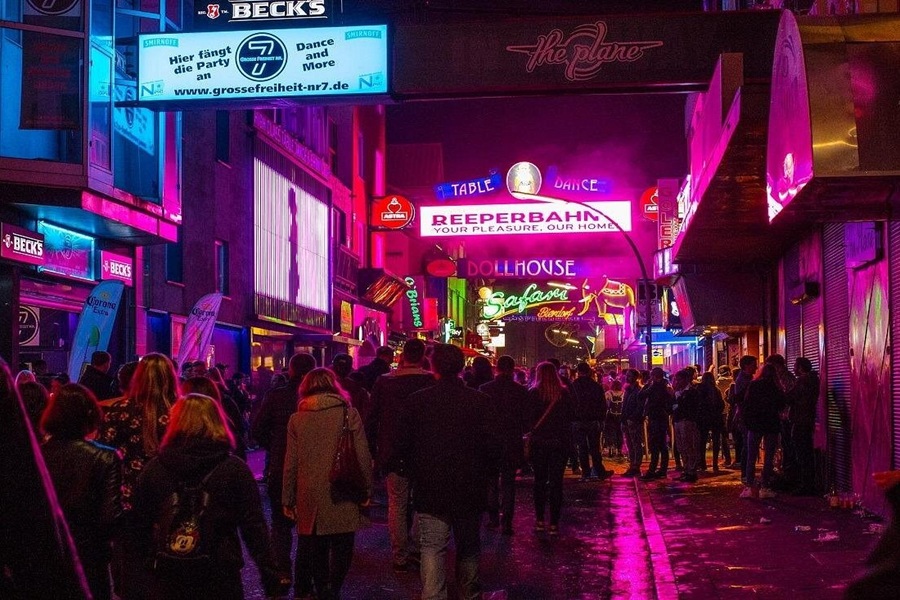
Hamburg’s port city status shapes its food identity. The historic Fish Market opens at dawn on Sundays, offering fresh catches and a lively atmosphere with food stalls and music.
Labskaus, once a sailor’s meal, remains popular – it’s a mix of mashed potatoes, corned beef, and beetroot topped with fried eggs and pickles. Fresh fish rolls (Fischbrötchen) make the perfect quick lunch near the harbor.
The Reeperbahn district serves up diverse late-night eats. You’ll find everything from street food to upscale restaurants serving North Sea specialties like pan-fried plaice and shrimp.
Accommodation and Living
Rent and hotel prices show notable differences between these major German cities, with Cologne being slightly more budget-friendly than Hamburg. Living costs in Cologne run about 4% lower overall.
Staying in Cologne
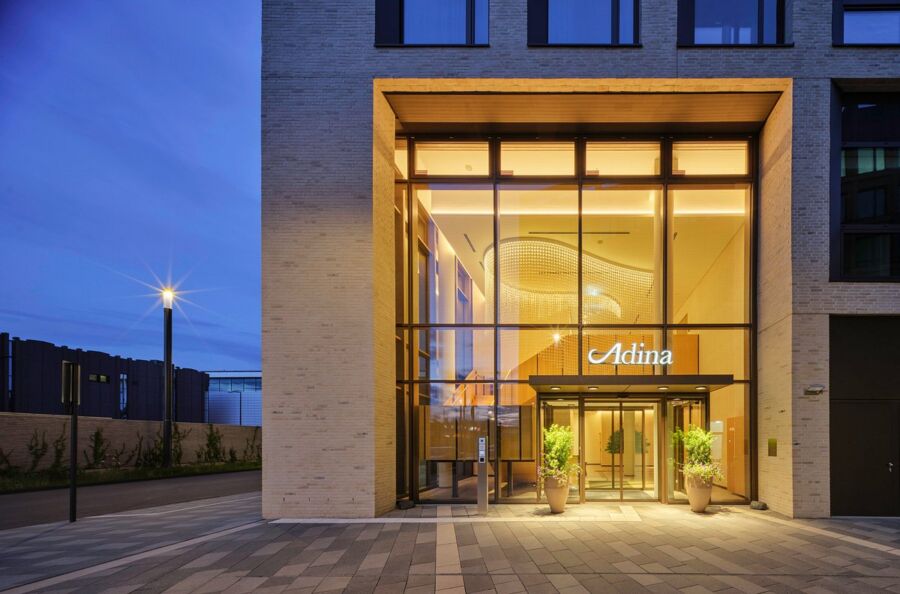
A standard hotel room in Cologne runs around 90 euros per night, making it a more affordable choice for travelers. The city offers many budget-friendly accommodations scattered across popular areas like the Old Town and Belgian Quarter.
Monthly rent prices in Cologne are 9% cheaper than in Hamburg. A one-bedroom apartment in the city center costs about 1,000 euros, while similar units outside the center cost roughly 800 euros.
The cost savings extend beyond housing. Restaurant meals cost about 14% less than in Hamburg. A typical meal at a casual restaurant costs around 10 euros.
Accommodations in Hamburg

Hamburg’s housing market reflects its status as Germany’s second-largest city. Hotel rooms average 100 euros nightly, with prices climbing during major events and summer months.
Monthly rent for a one-bedroom apartment in central Hamburg typically starts at 1,100 euros. Outside the city center, prices drop to about 900 euros.
The higher costs come with perks. Hamburg offers more luxury hotels and upscale apartments. Many rooms feature views of the harbor or Alster Lake.
Daily expenses are also slightly higher. A basic restaurant meal costs around 12 euros, and groceries cost about 3% more than in Cologne.
Connectivity and Transportation
Both cities offer excellent public transport systems and major travel hubs that make getting around simple for visitors and locals alike. The transport networks connect seamlessly to other major European destinations.
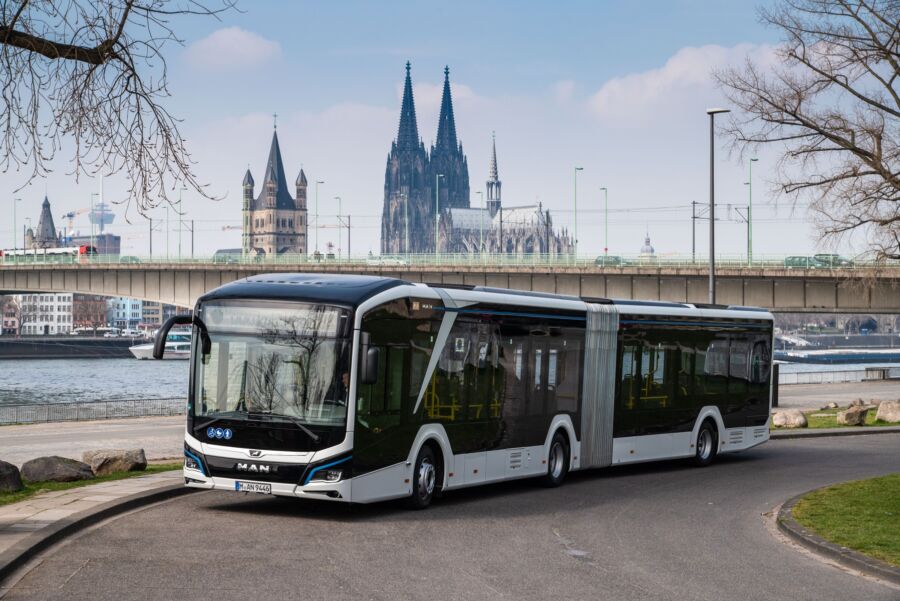
The KVB operates buses, trams, and light rail that run from early morning until late at night.
Most tourist spots are near U-Bahn or S-Bahn stations. The main train station, Köln Hauptbahnhof, is in the heart of Old Town, right next to the famous cathedral.
City buses complement the rail network by reaching areas trains don’t cover. Single tickets work across all transport types through an integrated fare system.
Hamburg’s Accessibility and Airports
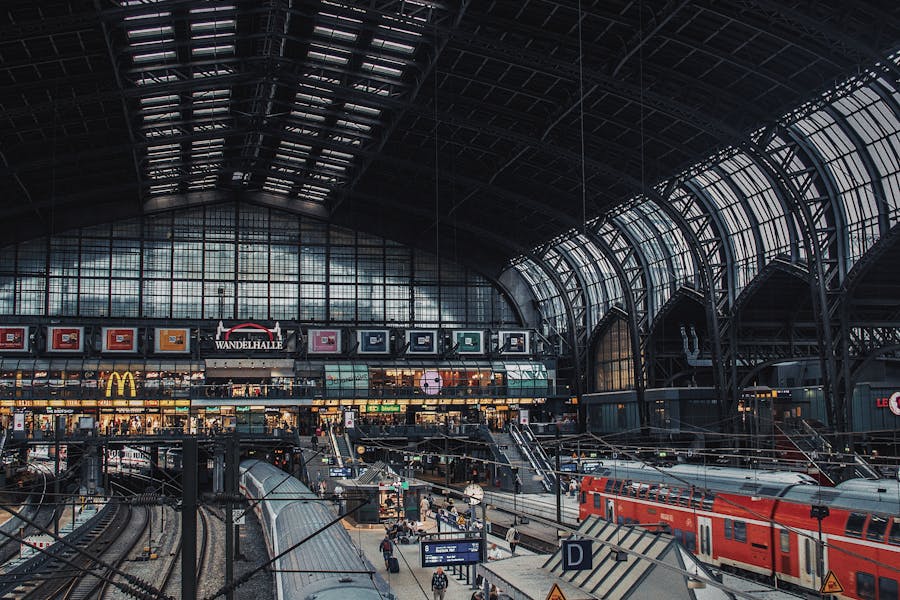
Hamburg’s transport network ranks among Germany’s best, with the U-Bahn and S-Bahn covering the whole city. Trains run frequently and connect smoothly with buses and ferries.
Hamburg Airport welcomes flights from across Europe and beyond. Located just 8 km from City Hall, travelers can reach downtown in 25 minutes via the S1 train.
Hamburg Hauptbahnhof is the central station and serves as a major rail hub for northern Germany. High-speed ICE trains link Hamburg to Berlin, Munich, and other cities.
Harbor ferries add a unique transport option. These boats are part of the public transit system and offer great views around the port area.
Demographics and Lifestyle
Hamburg and Cologne each offer distinct urban experiences shaped by their populations, cultural scenes, and quality of life. Both cities attract students, families, and young professionals while maintaining their unique character.
Population Insights for Cologne
Cologne is home to about 1.06 million people, making it Germany’s fourth-largest city. Thanks to its multiple universities and affordable living costs, the city draws many students.
The Rhine-Ruhr location gives Cologne residents quick access to major European cities. You can reach Brussels, Amsterdam, Paris, and London faster from Cologne than Berlin.
The city’s surroundings feature green spaces like Bergisches Land and Siebengebirge, perfect for nature lovers. Living costs are 8% lower than Hamburg, helping monthly salaries stretch further.
Living in Hamburg: An Overview
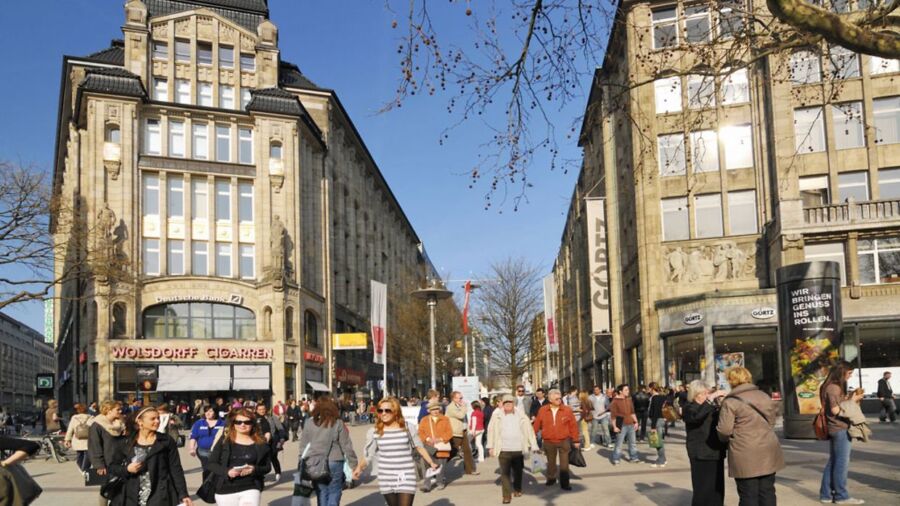
With 1.79 million residents, Hamburg stands as Germany’s second-largest city. The city has earned a reputation for being family-friendly with its numerous parks and recreational areas.
The northern port city offers a mix of urban and maritime lifestyle. Its location near the sea (less than 3 hours from the Dutch coast) adds to its appeal.
Living expenses in Hamburg run about 8% higher than in Cologne. A typical salary covers living costs for 1.7 months, slightly less than Cologne’s 1.8 months.
The city’s size and economic strength attract international companies and professionals, creating a diverse population mix.
Frequently Asked Questions
Both Hamburg and Cologne stand out as popular German destinations. Each has distinct features ranging from historic landmarks to modern attractions and vibrant entertainment scenes. These cities draw millions of tourists each year seeking authentic German experiences.
What are the key differences in attractions between Hamburg and Cologne for travelers?
Hamburg’s main draws include the stunning Elbphilharmonie concert hall and the historic Speicherstadt warehouse district. The city’s port area offers unique maritime attractions and harbor tours.
Cologne’s centerpiece is its magnificent Gothic Cathedral, a UNESCO World Heritage site. The city also features the popular Chocolate Museum and the Rhine River promenade.
Can you highlight the distinctions in nightlife experiences when comparing Cologne and Hamburg?
Hamburg’s nightlife centers around the famous Reeperbahn district, known for its mix of music venues, theaters, and clubs. The St. Pauli area comes alive at night with diverse entertainment options.
Cologne’s party scene thrives in the Belgian Quarter and Zülpicher Straße. The city is famous for its traditional beer halls, which serve Kölsch, the local brew.
Which city, Hamburg or Cologne, tends to offer a more budget-friendly visit for tourists?
Cologne typically offers more affordable accommodation and dining options. The city’s public transport system is also less expensive than Hamburg’s.
Hamburg’s prices tend to be higher, especially in tourist areas and the city center. Food and drinks can cost more, reflecting the city’s status as a major economic hub.
Could you discuss the travel distance and best modes of transportation when planning a trip between Hamburg and Cologne?
The ICE high-speed rail ride between Hamburg and Cologne takes about 4 hours. Direct connections run frequently throughout the day.
Driving takes roughly 4-5 hours via the A1 autobahn. Flying is also an option, with a flight time of about 1 hour.
How do the city sizes and populations of Hamburg and Cologne compare, and how does this impact a visitor’s experience?
Hamburg is larger, with about 1.7 million residents, making it Germany’s second-biggest city. Its size means more spread-out attractions and diverse neighborhoods to explore.
Cologne has around 1 million inhabitants. The more compact city center makes major sights easily accessible on foot.
In terms of exploring German heritage, how do Hamburg and Cologne differ historically and culturally?
Cologne preserves extensive Roman ruins and medieval churches. The city’s 2,000-year history is shown in its architecture and museums.
Hamburg’s heritage focuses on maritime history and Hanseatic League trading. The city rebuilt many historic buildings after World War II damage.



